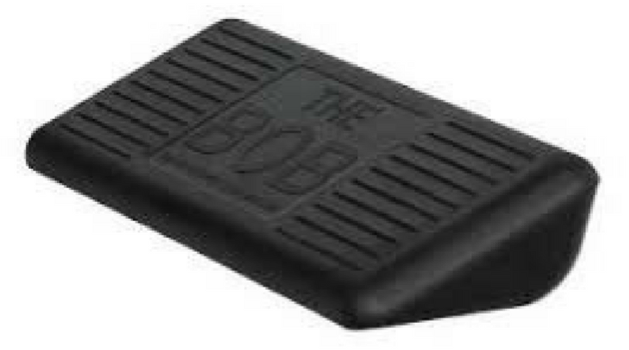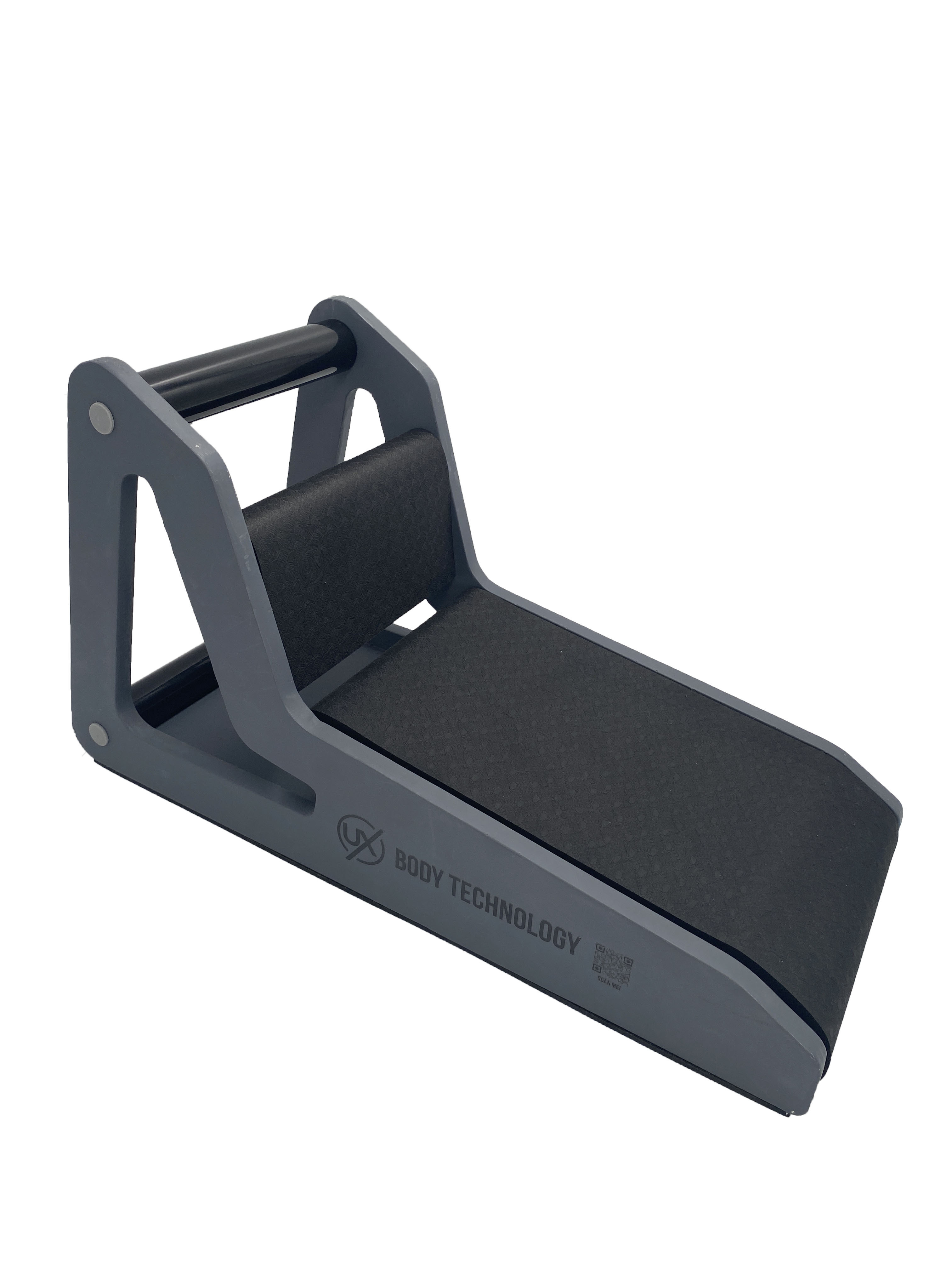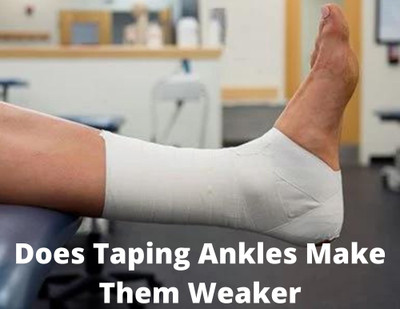 23rd Aug 2021
23rd Aug 2021
Does Taping Ankles Make Them Weaker
Over the years there has been an ongoing discussion or debate as to whether taping your ankles for practice or playing the game makes the muscles that cross over and help support the ankle weaker. The argument stems from the concern that if the ankles are tapped for protection from sprains while participating in the sport that the surrounding muscles that have responsibility for helping stabilize the joint are not being worked/challenged as much and therefore will become weaker. An additional argument has been that having the ankles taped will reduce the sensitivity of proprioceptors located in these ankle supporting muscles and have a negative impact on responsiveness and therefore their ability to provide protection against injury.
Research has produced no evidence that tapping will weaken the muscles and increase the likelihood of sustaining a sprained ankle. In addition, there is no evidence that bracing will contribute to the weakening of muscles. Further, there is no evidence that tapping will adversely affect the sensitivity and responsiveness of the proprioceptors in these muscles that help protect the ankle from being sprained.
Is There Evidence That Taping Can Increase the Likelihood of Injuries at the Knee or Hip Joints
The body’s bones and joints can be looked at as a chain linking system where a movement or alteration at one segment of the chain (bones separated by a joint) has the potential to affect or alter the functionality at the next joint up the kinetic chain. However, there is no evidence that tapping or bracing ankles makes a person more susceptible to injuries up the leg.
In Addition to Taping or Bracing, What Can a Person Do to Protect Against Ankle Sprains
- 1. Strengthen the muscles that cross over and provide protective support to the ankle and subtalar joints. It should be noted that you can’t really strengthen ligaments through resistance training, but you can and should strengthen the muscles that help provide support to the ankle.
- 2. Perform proprioception and balance training to engage and increase the sensitivity of the muscle spindles of the ankle supporting muscles.
- 3. Ensure that your ankle has proper or normal range of motion in dorsiflexion and plantar flexion
What are the Muscles That Should be Strengthened and How to Strengthen Them
A general rule is to strengthen all the muscles that cross a joint as if a muscle crosses a joint it will have an action upon it and therefore play a role in its stabilization. However, ankle sprains primarily occur in the frontal plane of motion and therefore those muscles that having a pulling force in the opposite direction of the ankle mechanism of injury would provide the greatest protection.
It is estimated that approximately 95% of ankle sprains are inversion sprains, where the foot turns inward spraining the lateral stabilizing ligaments; the anterior talofibular, calcaneofibular, and posterior talofibular. The other 5% of ankle sprains are eversion sprains, where the foot turns outward spraining the medial or inside stabilizing ligaments, collectively referred to as the deltoid ligament.
The muscles that specifically protect against inversion ankle sprains are:
- Fibularis (Peroneus) Longus
- Fibularis (Peroneus) Brevis
- Fibularis (Peroneus) Tertius
These muscles cross the ankle joint out the outside (lateral) and have a line of pull to evert the foot or pull it in the opposite direction of an inversion sprain. Any exercise that forces the foot and ankle to overcome a resistive force that is pulling the foot into an inversion position will strengthen the muscles that offer protection against inversion ankle sprains.
The muscles that specifically protect against eversion ankle sprains are:
- Tibialis Posterior
- Tibialis Anterior
- Flexor Digitorum Longus
- Flexor Hallucis Longus
These muscles cross ankle joint out the inside (internal) and have a line of pull to invert the foot or pull it in the opposite direction of an eversion sprain. Any exercise that forces the foot and ankle to overcome a resistive force that is pulling the foot into an eversion position will strengthen the muscles that offer protection against eversion ankle sprains.
The gastrocnemius and soleus muscles/tendons on the back of the lower leg merge together to form the Achilles Tendon. These muscles should also be strong and have proper range of motion so as not to hinder with the normal mechanics of the ankle joint that could increase the risk for ankle sprains.
In Conclusion
Tapping an ankle or wearing an ankle brace can provide some protection against ankle sprains. The best protection against ankle sprains is to ensure that the muscles that cross the ankle and subtalar joints are strong and allow for full or proper range of motion at the ankle and subtalar joints. A routine of regular resistance training as well as proprioceptive training of the ankle muscles offers the greatest protection against ankle sprains.
Check out the products we offer to strengthen ankle muscles and provide support.
| The BOB Incredible Calf Master Stretch System: The BOB Master Calf is a durably made, solid urethane constructed, irregularly triangular shaped (scalene) device measuring https://www.prohealthcareproducts.com/the-bob-incredible-calf-master-stretch-system/ |  BUY NOW |
| The Foot Ramp: The Foot Ramp is an industrial strength device with unique features that measures 19” L x 8” W x 10.5” H. To learn more: https://www.prohealthcareproducts.com/the-footramp-calf-stretching-and-muscle-building-plantar-fascia-rehabilitation/ |  BUY NOW |
| Cramer Athletic Tape | |
| Johnson & Johnson COACH Athletic Tape |







